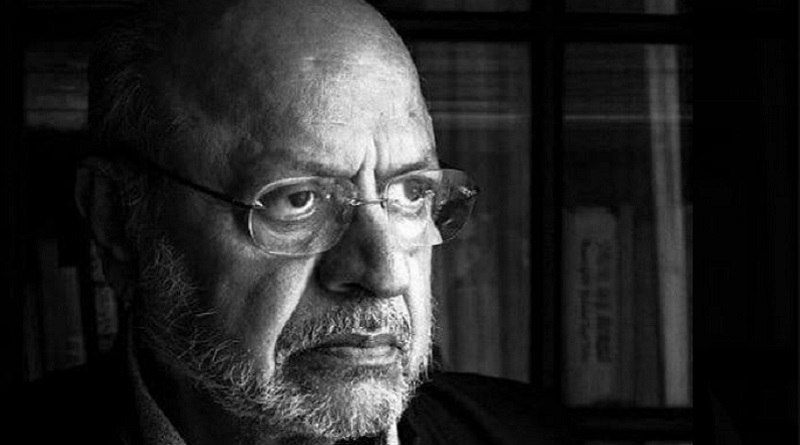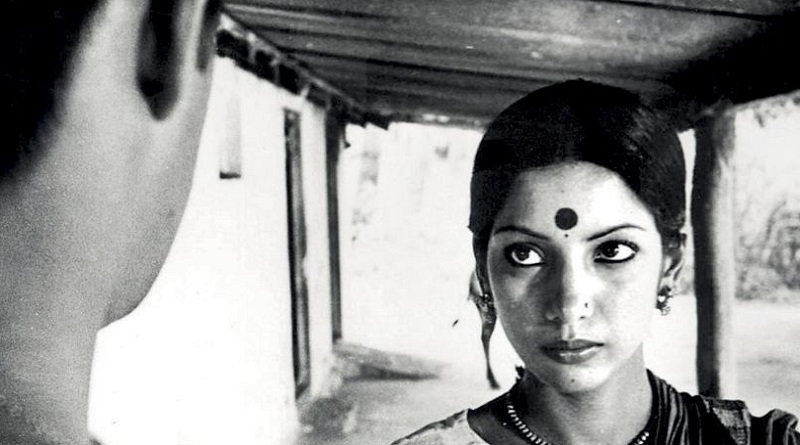‘The Journey of Farmers Rebellion’: A book that captures the inner momentum of the farmer’s movement
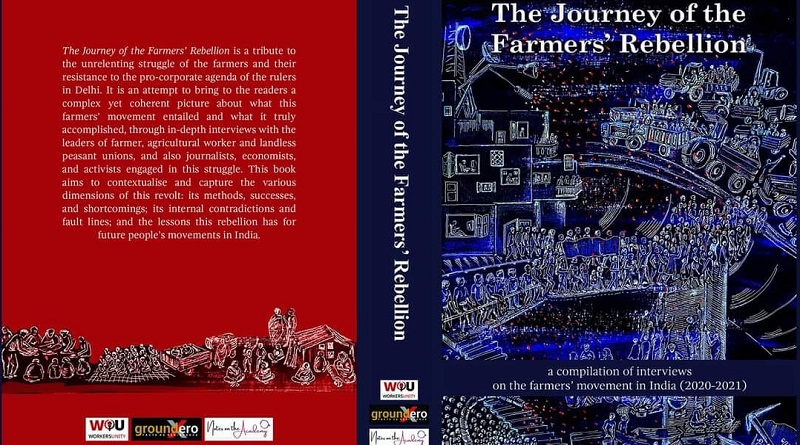
By Harsh Thakor
‘The Journey of Farmers Rebellion’ is one of the most positive, productive or informative compilations or any reader wishing to gain an insight into the vagaries or intricacies of the farmers protest in Delhi.
It portrays a diagnosis uncovering a wide spectrum of views.
The book is a perfect manifestation of the relentless non –sectarian spirit of the movement. It gives complete justice to the fact that history was virtually re-written at the border by the farmers.
Interviews reveal a most down to earth approach and practice of the leaders and organizations.
We should congratulate Ground Xero, Notes on the Academy an Workers Unity for such painstaking efforts to produce such a creditable work.
The concluding part of the book of ‘Chronology of Struggle’ gives the sensation of reading an epic, recording the incredible twist and turns zigzag nature or ebb and flow of the uprising..
One understands how history was virtually reshaped on the Delhi borders from 2020-2021, by the relentless spirit of the farmers.
This book teaches us that only when diverse trends unify can any victory ever be won .Notable that groups with variance of political trends blinded together to give the uprising a cohesive shape.
Mass organizations oriented towards the Maoist trend, the T. Nagi Reddy trend ,the CP Reddy-S.N Singh trend and even the conventional CPI-CPM united, in addition to independent farmers groups. Inspite of such variances in views overall thy displayed mutual respect for each other.
It reflects the latent potential or striking capacity of the democratic forces of India as a whole and the intensifying of political consciousness against Hindutva fascism of Narendra Modi led BJP as well as pro-corporate globalization policies.
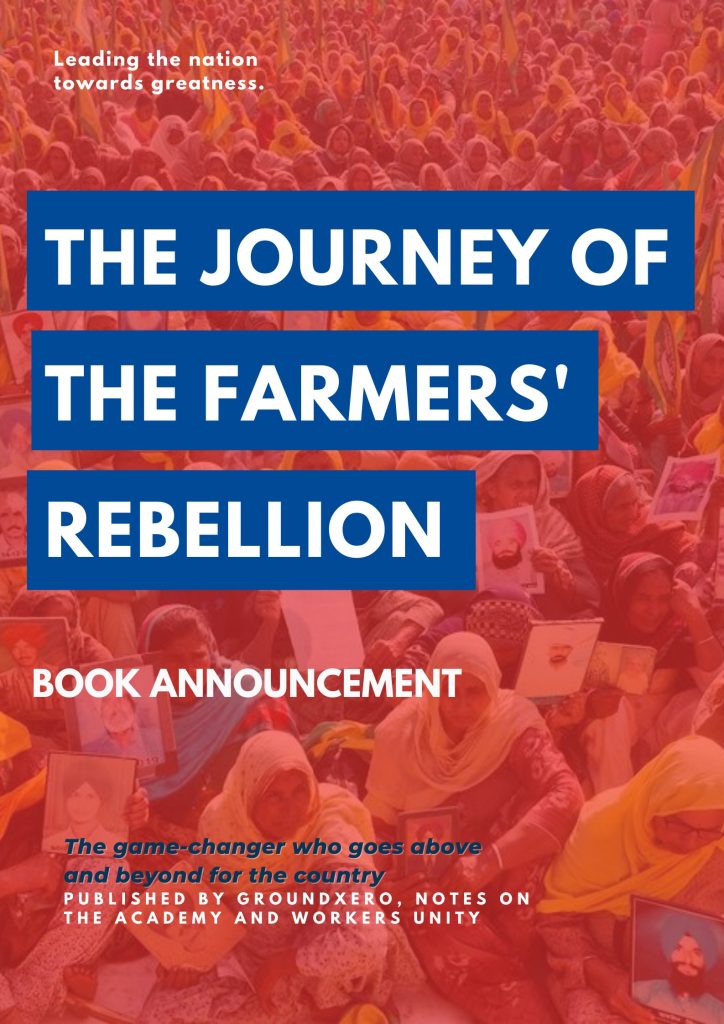
Summary of Important Interviews
The interview of SKM coordinator Darshan Pal is most enlightening in projecting a broad based or balanced perspective and in illustrating the roots or background of the upsurge.
Most lucidly or comprehensively he dwells on the anti-people nature of globalisation in India and its infiltration in the agrarian sector.
He negates sectarian approaches of both the Sikh leaders and even the Communists. I appreciate his comment on how the Communist sections did not adequate energy in shaping the movement.inspite of such a rich legacy.
I also felt he made sense when expressing that it was not correct to state that the movement abstained from any political ideology or was non –ideological, giving the examples of both the BKU(Ugrahan) and BKU(Krantikari).He asserted that in essence their calls had a powerful element of political ideology.
The weakness of Darshan Pal is his failure in not completely demarcating from politics of Punjabi nationality or Sikh Identity politics.
Harinder Bindu who leaders the women wing of the BKU(Uhgrahan) championed the women’s cause and illustrated how women acted at the very core in shaping the farmers agitation ,playing a vanguard role.
She narrated the history of her evolution as leader from the incident of the massacre in Sewewala in April 1991 where he father was assassinated by Khalistani forces. In detail she recounted how the women’s movement was knit within agricultural labourers and farmers organisation.
Tooth and nail she condemned Sikh separatist forces .She summed up the integration of women into the mass movements.
A most inspiring chapter with regards to emancipation of women. Harinder recalls example of solidarity in Shaheen Bagh by women cadre in support to opposition of NRC/CAA.
Sukhwinder Kaur of Bharatiya Kisan Union (Krantikari) was pragmatic or positive but her understanding was vitiated with Sikh separatist ideology.
Very illustratively she recounted the glorious peasant movements led by Sikh leaders against British colonialists, Guru Gobind Singh and also by Banda Bahadur Singh, centuries ago against feudalism.
She expressed high conviction on the positive aspects of Sikh religion and that positive aspects of Sikhism must be integrated with the peoples Movements.
Rajinder Singh of Kirti Kisan Union summed up how the movement posed a threat to the corporate classes and the history of how no-liberalism had wrecked the survival or welfare of the Punjab peasantry.
He recounted how the Samyukta Kisan Morcha was knitted as an umbrella organisation and how multiple class leadership emerged. He expressed his admiration for the tenacity of the farmers and leaders to unflinchingly challenge the 3 bills passed.
Rajinder spoke about the determination of his organisation to preserve the unity of the SKM. He dealt with the subjects of scrapping of public distribution system, contract farming, employment of labourers in mandis and how there was an attempt to privatise he Food Corporation of India. Rajinder summed up the role of FCI. They were buying food grains, from farmers at MSP, then supply foodgrains to states for supply to ration shops, and finally stock foodgrains for the FCI to use as a buffer stock for emergencies, to control market prices of food grains and prevent hoarding by traders. What was practiced in his view was the very inverse of those 3 roles.
Importantly Rajinder covered how the Green Revolution was blessing for the corporate, being nati-farmer and anti-environment , destroying both farming and the framing community.
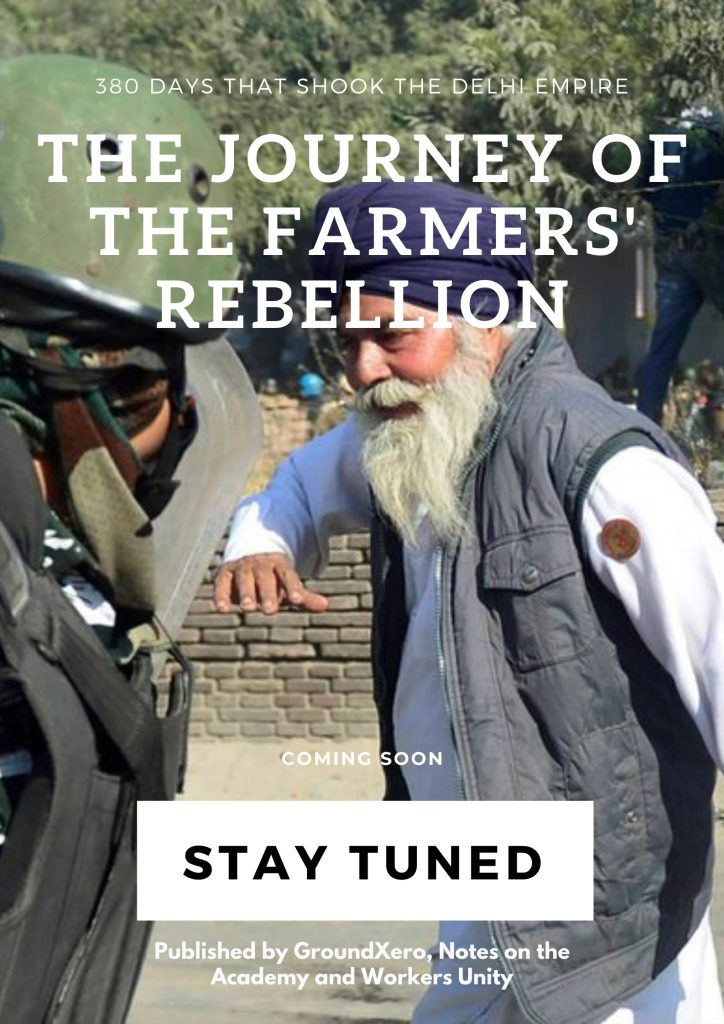
Joginder Singh Ugrahan ,president of Bharatiya Kisan Union(Ugrahan)with comprehensive political mastery narrated how the BKU (Ugrahan) at the very root confronted any trend of the Samyukta Kisan Morcha being converted into a political forum or platform for ruling classes and at every juncture sharpened revolutionary class struggle. Ugrahan narrated the skilful manner the Ugrahan organisation confronted negative political trends but still preserved unity.
Most rationally and craftily Ugrahan analysed how the SKM preserved broad base, why parliamentary election should not be contested and why the SKM could not emerge into a strong alternative political force.
He elaborated the efforts of his organisation in forging unity with agricultural labour to the dalit community. Ugrahan elaborated the correct trend of revolutionary democratic practice during elections, not participating or calling for boycott, but persuading people to seek a democratic alternative.
Ugrahan summed up the history of the BKU(Ugrahan), probing into its genesis in the turbulent farmers agitations of the 1980’s and 1990’s and how its seeds were knit by incidents like the firing in Jethuke. The essence of the democratic character of the BKU(Ugragan) was brought to the fore.
Ugrahan summed up the relentless struggle to confront religious Sikh Separatist trends, to combat ruling class opportunism and to give the movement the broadest base. He explained how it was an agitation against the anti-people economic policies as a whole.
No leader in such a comprehensive degree gave justice to the mass character of the movement as Joginder Ugraha , played such role in broadening the base of the agitation and ideological struggle against Sikh separatism at Red Fort.
What one possibly missed out was an analysis of the role of the communist revolutionary movement in integrating with the farmers agitation and on the perspective of new democratic revolution as a whole.
Surjit Singh Phool of Bharatiya Kisan Union (Krantikari) revealed aspects of democratic orientation but eclectically he defended Sikh separatism of Khalistanis as the lesser evil or even a possible ally against the ruling parties.
This was soft-pedalling with Khalistani politics. Phool was critical of the approach of the SKM to the Sikh forces in the rebellion at the Fort in January 2021 and also the stand in the 1990s of Communist groups placing state and Khalistani terrorism on the same pedestal.
Surjit expressed a soft corner for leaders like Bhindranwale.Still he made some positive assessment of conditions in Chattisgarh and defended undertaking campaign of election Boycott.
Pavel Kussa,editor of journal Surkh Leeh ,gave a most telling or profound narrative by linking the concrete political situation and economic forces acting.
He asserted that confronting feudalism was the very base of the movement and the BKU (Ugrahan) banged every nail in the wall to establish unity with the dalit landless agricultural labour and integrate them in movements. Pavel gave examples of how the Ugrahan group gave solidarity to the movements of agricultural labour.
Pavel’s analysis was most lucid and grounded in summing up the agitation from a formative stage and it’s very potential to sprout into major political movement.
In a most dialectical manner he investigates the autocratic policies of the ruling classes and the manner the correct political trend was shaped at various junctures.
Pavel comprehensively analyses the neo-fascist and anti-people strategy of the BJP govt.
Still I feel Pavel refrained from addressing aspect of the role of the Communist revolutionary groups mass line, impact of Nagi Reddy line and CPRCI(ML) party or movement in relation to the battle against economism.He also did not touch on the complexities of the nature of semi-feudalism in Punjab.
Manjit Dhaner of BKU(Dakaunda) recalled the tradition an legacy of the peasant movements of Punjab. He attributed capitalism to be the decisive factor in controlling agriculture in Punjab.
At length he discussed the mortal wounds caused by the New Economic Policy, International Monetary Fund or World Bank supporting liberalisation in the 1990’s He placed the current agrarian crisis in a historical context.
Dhaner spoke about how since 1947 itself economic practices negated welfare, with the Green Revolution .continuing its’ path.
Now seeds, fertilisers and machinery were provided by corporate through which they amassed profits. He spoke about how cost of cultivation has become sky high and prices for the crops the farmers got left them with virtually no profit.
He expressed that agricultural output based processing units hardly existed in Punjab.Manjit traced the history of the forming of the BKU(Dakaunda)
He narrated how he was framed in a murder case of 18 year old Kiranjeet Kaur.
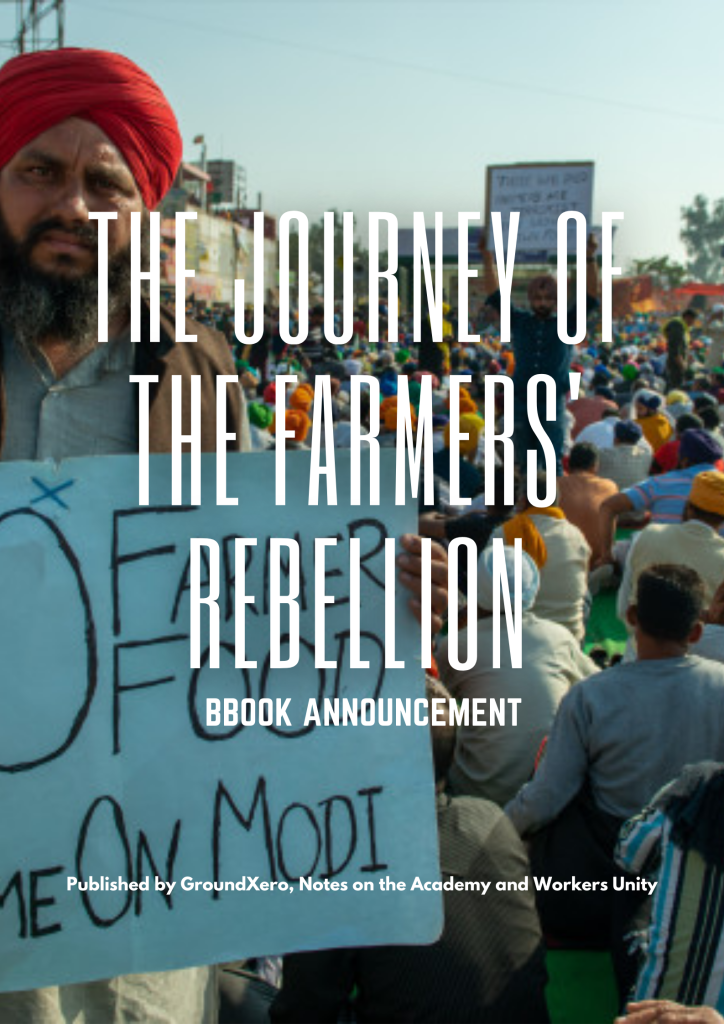
Manjit asserted that his organisation never contested elections.
Hannan Molla of Akhil Bhartiya Kisan Sabha made a most analytical review of the Samyukta Kisan Morcha. He appraised the unity of groups from varying ideologies, the unparalleled scale of protest movement in Indian history encompassing vast areas, the fact that inspite of violent attacks it remained non-violent and received support from the most diverse sections of people.
Hannan Molla noted that since 1947 no non-violent movement of such a long tenure took place. In my view it did not emulate non-violent struggle and at many junctures was steering towards a militant path of Shaheed Bhagat Singh.
Paramjit Kaur of Zameen Prapt Sangarsh Commitee most comprehensively described how the dalit landless labour was a most alienated element in the movement in Punjab and the manner the Zameen Prapt Sangharsh Committee knit the seeds to gather scattered forces, to crystallise resistance.
She recalled vivid examples of discrimination of dalits in every sphere and how even the student and youth movements were confronted with this problem.
She elaborated on how farmer-worker unity was galvanised and how women were integrated into the struggle.
In detail she recounted the history of dalit women. Paramjeet spoke about dalit women participating in collective farming, struggles of women against their husbands drinking, and innumerable number of dalit women membership its ZPSC.
Hartosh Bal of journal “Caravan” expressed imaginative and progressive spirit traversing vast spheres, but his main theme was on the relationship of the movement with Sikhism and glorifying Sikh history.
He raised many an important point and highlighted many progressive instances. However he did not reach the crux of the anti-people nature of Sikh separatist movement.
Bal places great accent on Sikh ethos, indirectly giving a prop to Sikh identity politics. He equates Sikh politics with that o Shaheed Bhagat Singh,which is eclectic.
Gurmukh Singh of Zameen Prapt Sangarsh Commitee gave the most comprehensive and illustrative account o the ground reality of the dalit agricultural labour.
It makes a reader perceive the base of semi-feudalism and the deep penetration of casteism.
Most pertinently illustrated how the farmers groups like SKM would never integrate dalit agricultural labour or allow them to speak on their platforms. Most insightfully he explained how the base of integrating the agricultural labour with the peasantry was not sown .
In detail he recounted how the village Commitees of the Zameen Prapt Sangharsh Committee were welded and the impact of struggles at block level.
Gurmukh reflected on the crystallising of the Balad kalan struggle and eruption of resistance in Sekha struggle. He narrated several instances of left organisations literally remaining standstill to dalit grievances and how before and during January 26th revolt at Red Fort in 2021, the agricultural labour organisations were not allowed to speak. Positively he recounts the support of students and youth organisations
.Gurmukh spoke about how the ZPSC must turn a movement into an All India character.
Lacchman Singh Sewewala of Punjab Khet Mazdoor Union, with non –sectarian spirit in a most grounded manner dwelled on how at every juncture the Punjab Khet Mazdoor Union strived to integrate the landless dalit labour into the mainstream.
Honestly, he explained the limitations and weaknesses of the PMKU in not having sufficient cadre or economic resources. He spoke about grave economic conditions prevented dalit labourers from actively participating in movements.
Sewewala related the history of the agricultural labour in recent decades and how in junctures it knit seeds of blossoming into an agrarian movement.
Most vividly he explained how the agricultural labour was even greater victim than the farmers in debt incursion and greater victims of the anti-people policies of the BJP, be it on demonetisation or MSP.He linked the common aspiration s of the landless labour with the landed peasantry.
Examples were given of the heroic blocking of railways lines by a joint front of agricultural labour unions.
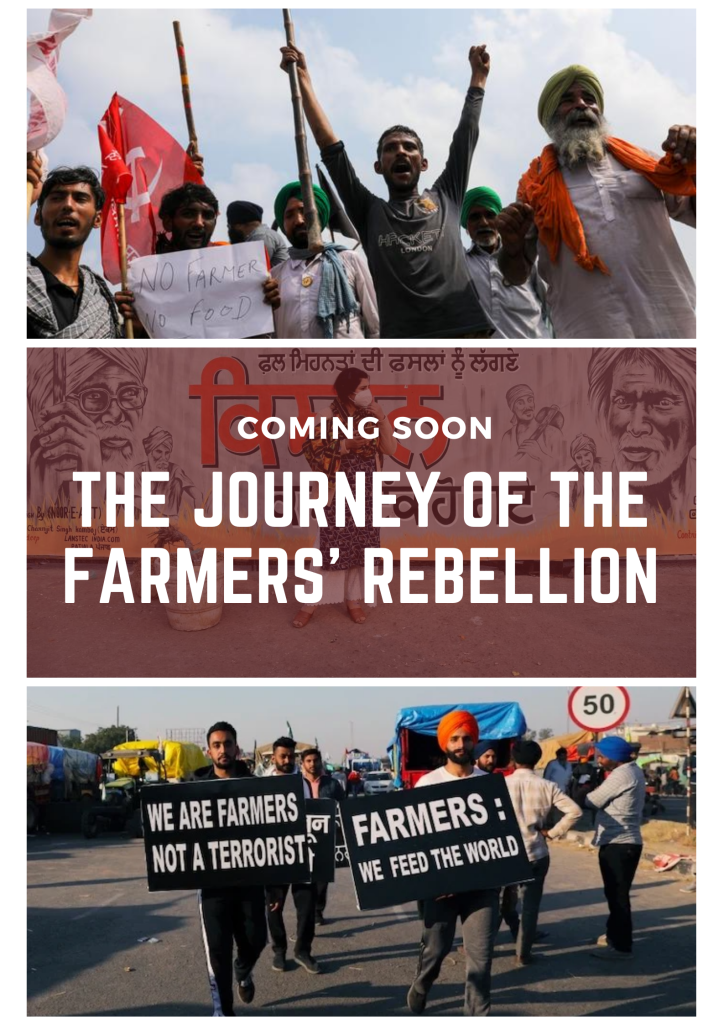
What Sewevala failed to throw light on was why a genuine agrarian revolutionary movement was not being built threw the integration of dalit labour with landed peasantry.
Pargat Singh Kalajhar of Krantikari Pendu Mazdoor Union,at the very hear described the oppression of dalit landless labour and importance of redressing caste question. He expressed admiration for the BKU(Ugrahan) in giving powerful solidarity to the dalit labour after facing repression in Jaloor in 2016 ,stating that t was one of the first instances of a landed peasant union backing the dalit agricultural labour.
Amolak Singh of Punjab Loksabhyachark Manch made a striking dichotomy of the thinking and practice of Shaheed Bhagat Singh and how the movement imbibed many of his teachings.
Comprehensively he dealt with the aspect of fascist ideology of the BJP and how it was tooth and nail breaking the back of dalit labour –Jat farmer unity.
The cultural Front of Punjab, Loksabhyachark Manch; has composed songs explaining the workers the divisive policies of the fascist BJP.
Amolak recounted how a 180 degree turn took shape in the mass culture of Punjab during the agitation.
Randeep Maddokke, a filmmaker, offers an optimistic perspective, expressing confidence that a spark has been lit which can turn into a Prairie fire.
He praises the agitations launched in Punjab in recent times of agricultural labour. Moddoke praised the work of agricultural labour organisations like Punjab Khet Mazdoor Union and the Zameen Prapt Sangharsh Commitee.
Morally,he defended the contribution of unions of landed peasantry like BKU(Ugrahan) in confronting grassroot issues like Essential Commodities Act.
Darshan Nahar of Dehati Mazdoor Sabha at length summarised the base of the agricultural movement in Punjab and the economic factors marginalising the dalit labour.
He narrated how the landless agricultural labour were trapped in every sphere by he government policies.Darshan praised the work of the Sanjha Morcha in coordinating struggles.
He touched on how migrant workers were integrated into their organisations.Nahar was convinced that farmer’s protests had to be fully supported.
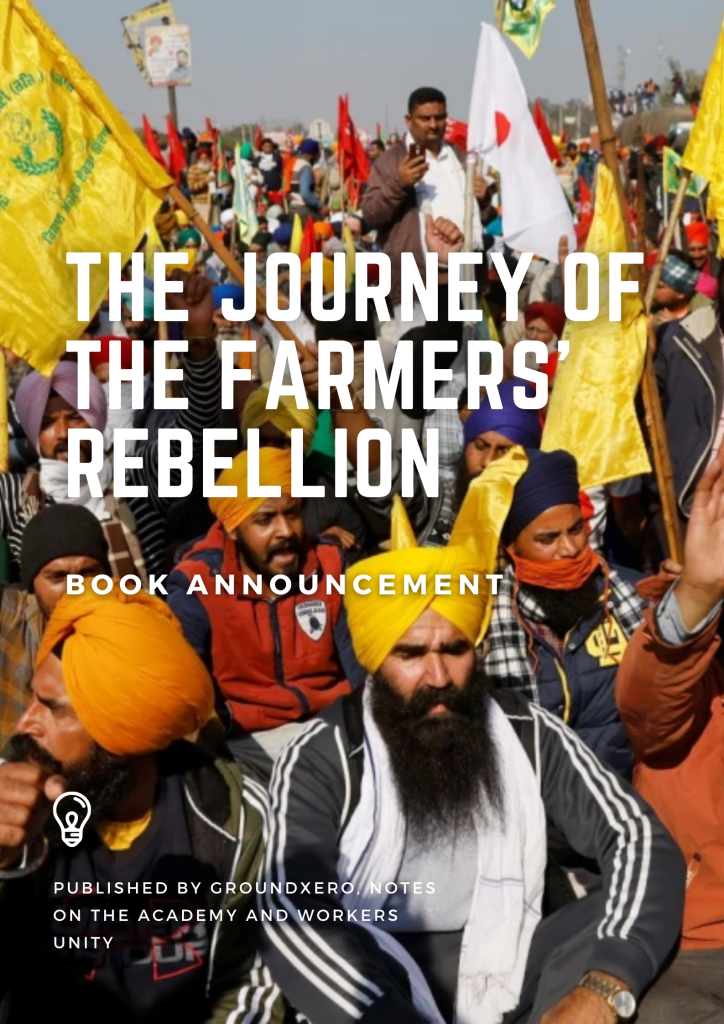
In my opinion the book missed interviews of Communist Revolutionary leaders or statements of Communist Revolutionary groups, be it of the CPI(ML) New Democracy, CPI(ML)Red Star, CPI(ML) Liberation CPI(Maoist) or the ).
The people interviewed never referred to subject of Communist revolutionary political line. The Nagi Redy line trend had played a major role in steering the crystallising of the political line of the BKU(Ugrahan) and the Punjab Khet Mazdoor Unon while the CPI(ML) New Democracy endorsing CP Reddy-Satyanarayan Singh line, guided the Zameen Prapt Sangharsh Commitee.
We hardly get any reflection of the role of the Communist revolutionary parties ,leaders, or their presence in this rebellion, which those interviewed refrained from addressing.
No interview undertaken of the Marxist intellectuals or Communist leaders. The book fails to throw light on why the agrarian revolutionary movement is on a point of stagnation or why SKM could not turn into an alternative centre of political power. We lacked a grounded, Marxist or class-analytical assessment, of the agitation.
I greatly praise this historic farmer’s rebellion and salute their glorious victory in getting the agricultural bills repealed.
However feel the agitation has pointed out the failure of the Communist Revolutionary contingent of India in general to crystallize it into a genuine mass political movement with a class cutting edge or agrarian revolutionary movement.
(Harsh Thakor is a freelance journalist who has covered mass movements around India and extensively toured Punjab)
Also read
- Indian migrant workers in Gulf countries: Vital Yet Vulnerable
- Commemorating 40th anniversary of Mumbai Textile Workers Strike
- Demanding Repeal of 4 labour codes and monthly minimum wage Rs 27,000, TUCI protested 2nd day at Jantar Mantar
Subscribe to support Workers Unity – Click Here
(Workers can follow Unity’s Facebook, Twitter and YouTube. Click here to subscribe to the Telegram channel. Download the app for easy and direct reading on mobile.)
